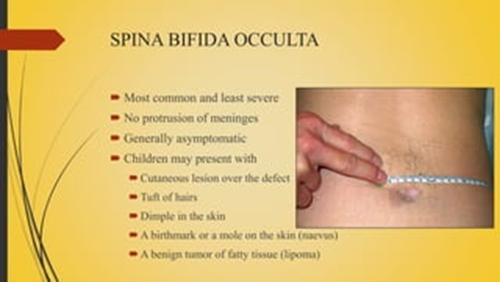A nurse is caring for a child who is to receive percussion, vibration, and postural drainage. Which of the following actions should the nurse take first?
Instruct the client to cough
Perform vibration while the client exhales slowly through the nose.
Percuss the upper posterior chest.
Administer albuterol by nebulizer.
The Correct Answer is D
A. Instruct the client to cough. Coughing is generally encouraged after chest physiotherapy to help expel loosened secretions, but it is not the first action. The bronchodilator should be administered first to maximize the effectiveness of the chest physiotherapy.
B. Perform vibration while the client exhales slowly through the nose. Vibration is a component of chest physiotherapy used to help loosen secretions during exhalation, but it is performed after the bronchodilator is administered and once the client is positioned properly.
C. Percuss the upper posterior chest. Percussion helps to mobilize secretions but is typically done after the bronchodilator has been administered to allow for more effective airway clearance.
D. Administer albuterol by nebulizer. Administering albuterol first dilates the airways, making it easier to mobilize and clear secretions during percussion, vibration, and postural drainage.
Nursing Test Bank
Naxlex Comprehensive Predictor Exams
Related Questions
Correct Answer is B
Explanation
To calculate the appropriate dose of Theophylline for the child weighing 4.69 kg:
Dose = Weight (kg) × Dose (mg/kg)
Dose = 4.69 kg × 4 mg/kg
Dose = 18.76 mg
So, the appropriate dose is approximately 18.7 mg.
Correct Answer is D
Explanation
A. Flaccid paralysis of lower extremities:
Flaccid paralysis refers to a weakness or loss of muscle tone in the affected muscles, leading to decreased or absent movement. This finding is not typically associated with spina bifida occulta. Instead, it is more commonly seen in more severe forms of spina bifida, such as myelomeningocele, where there is significant involvement of the spinal cord and nerves.
B. Hip dislocation:
Hip dislocation can occur in individuals with myelomeningocele due to muscle weakness, abnormal muscle tone, and joint deformities associated with spinal cord defects. However, it is not typically associated with spina bifida occulta, which usually presents with less severe spinal cord involvement.
C. Hydrocephalus:
Hydrocephalus, characterized by the accumulation of cerebrospinal fluid within the brain, is a common complication of myelomeningocele due to disturbances in the flow and absorption of cerebrospinal fluid caused by the spinal defect. It is less commonly associated with spina bifida occulta, which typically involves a less severe spinal cord defect.
D. Dimple in sacral area:
This is the correct choice. A dimple, patch of hair, or birthmark in the lower back or sacral area is a common finding in spina bifida occulta. It occurs due to the incomplete closure of the spinal column during fetal development, leading to a small defect in the vertebrae. This is often a subtle manifestation of spina bifida occulta and may not cause significant symptoms or functional impairment.

Whether you are a student looking to ace your exams or a practicing nurse seeking to enhance your expertise , our nursing education contents will empower you with the confidence and competence to make a difference in the lives of patients and become a respected leader in the healthcare field.
Visit Naxlex, invest in your future and unlock endless possibilities with our unparalleled nursing education contents today
Report Wrong Answer on the Current Question
Do you disagree with the answer? If yes, what is your expected answer? Explain.
Kindly be descriptive with the issue you are facing.
